The reborn Renault 5 will undercut key rivals with a starting price of just under £23,000 ahead of deliveries starting in spring.
At £22,995, the entry-level 118bhp car, with a 40kWh battery for 190 miles of range, slots in just between the Citroën ë-C3 and Fiat 500e and is only around £1600 more than the hybrid Renault Clio.
Standard kit on entry-level Evolution trim includes 18in alloy wheels, a 7.0in digital gauge cluster, wireless phone mirroring, rear parking sensors and LED lights at each end, while Techno trim adds £2000 for extra equipment including a larger driver display, adaptive cruise control, a wireless phone charger and a bonnet-mounted charge level indicator.
Renault is aiming to defend its position in the increasingly competitive small car market, and the 5 is testament to the French company’s commitment to providing affordable cars in the EV era.
Prices climb to £26,995 for the more powerful 148bhp car, which is powered by a larger 52kWh battery and claims 248 miles of range.
That's available in either Techno or top-rung Iconic trim, the latter adding heated front seats and steering wheel, lane-keeping assistance, adaptive cruise control and parking assistance for £28,995.
The 5, a faithful reimagining of 2021's concept, is the first in a wave of retro electric cars coming from Renault over the next few years, including the recently revealed Renault 4 and a production version of the nostalgic Twingo concept.

Platform
The 5 is based on a new EV architecture dubbed Ampr Small (formerly CMF-BEV), which shares much of its core structure with that used for the Nissan Juke and Renault Clio.

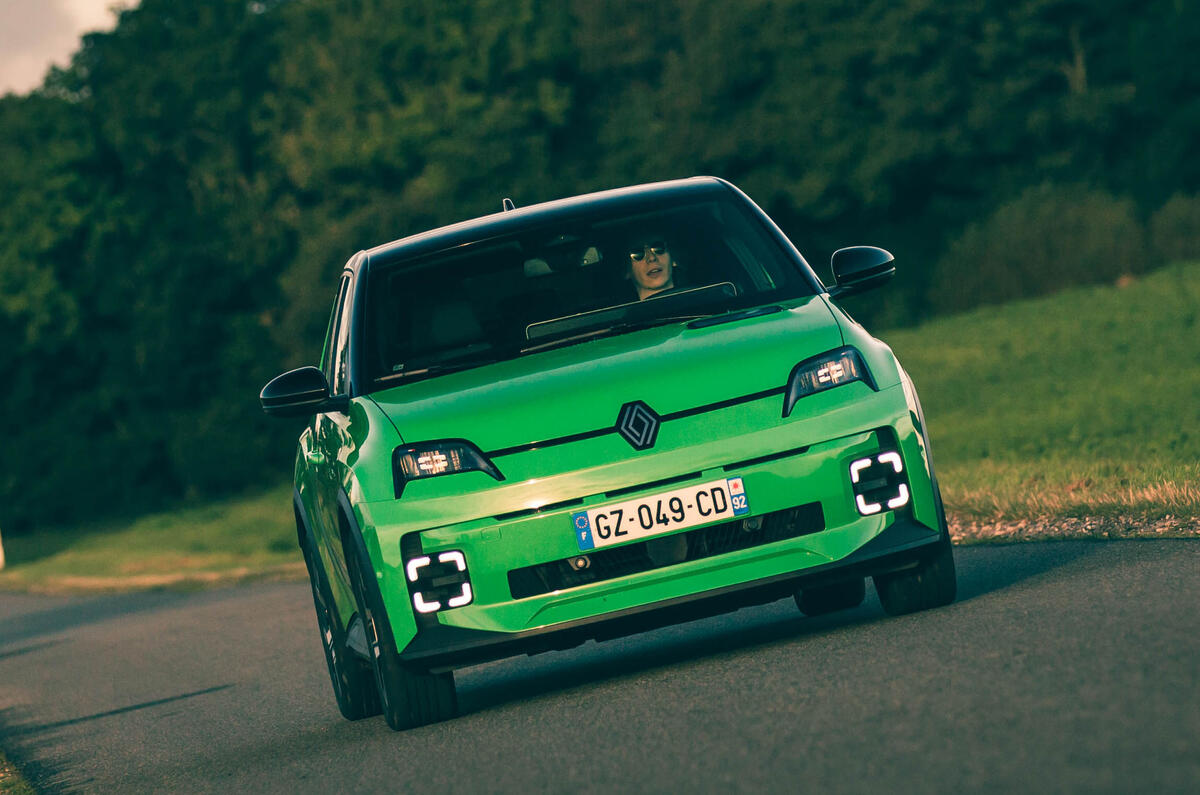
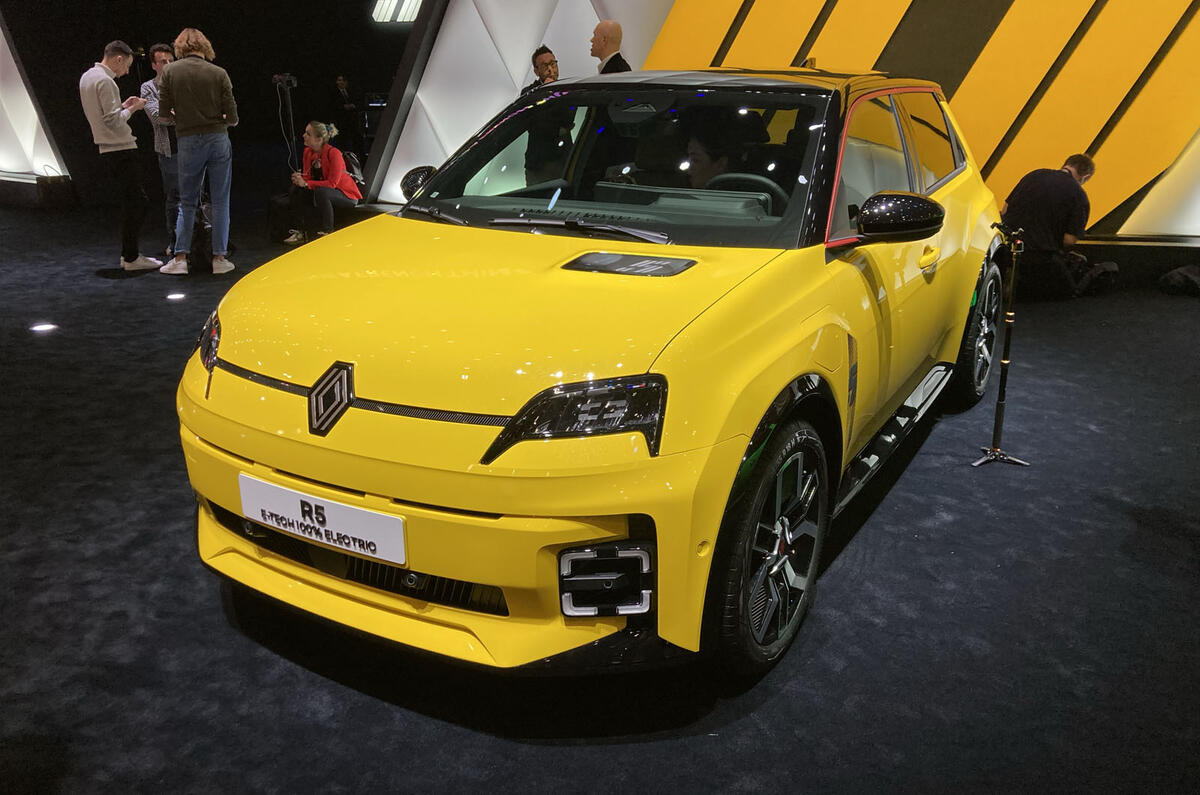
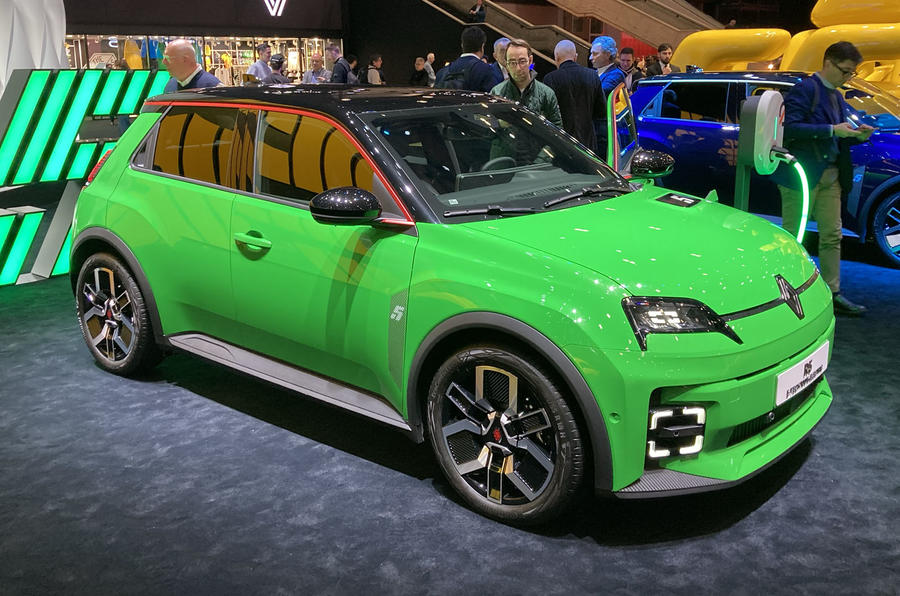
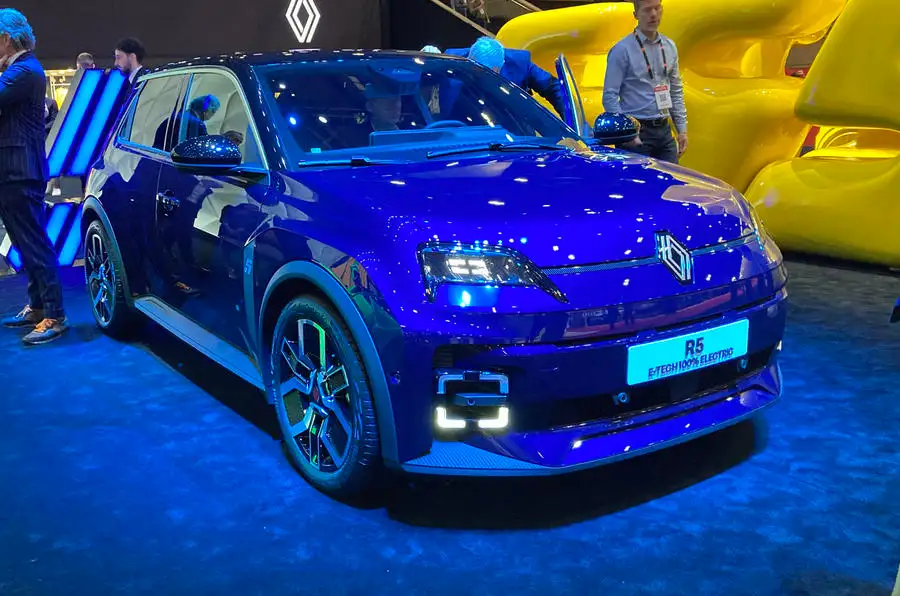





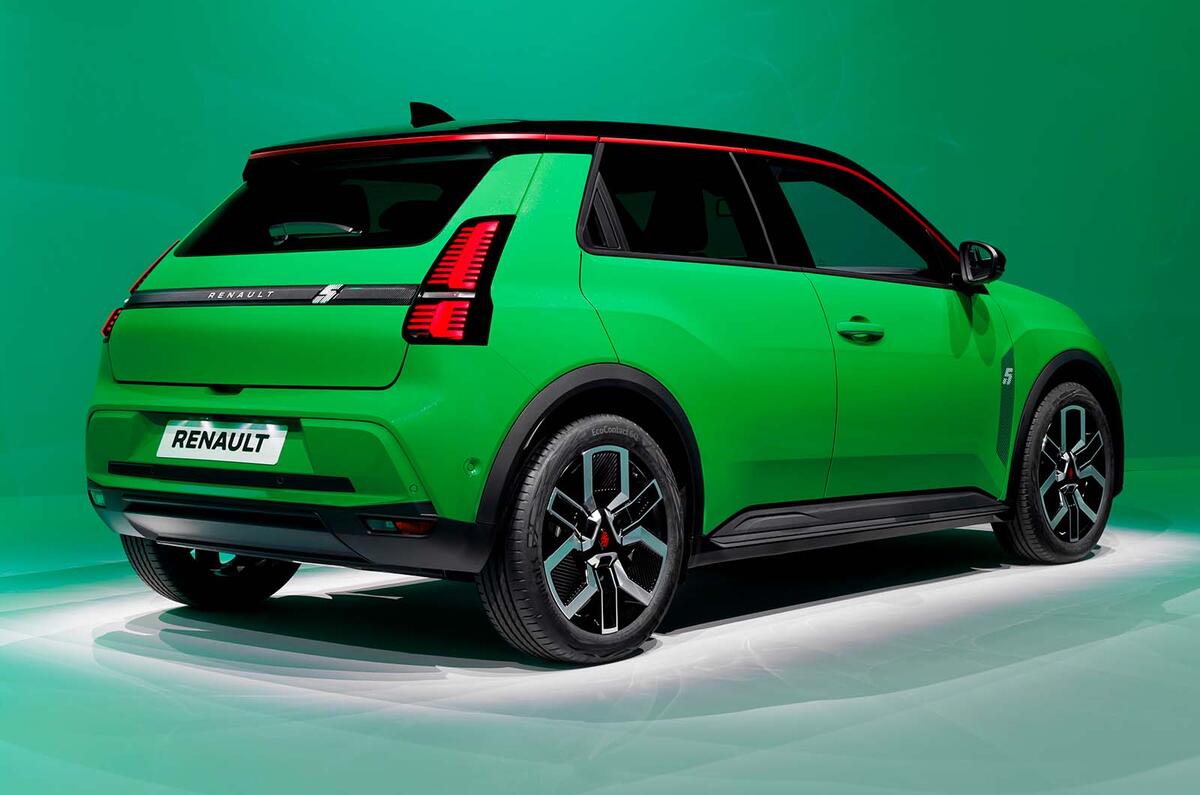
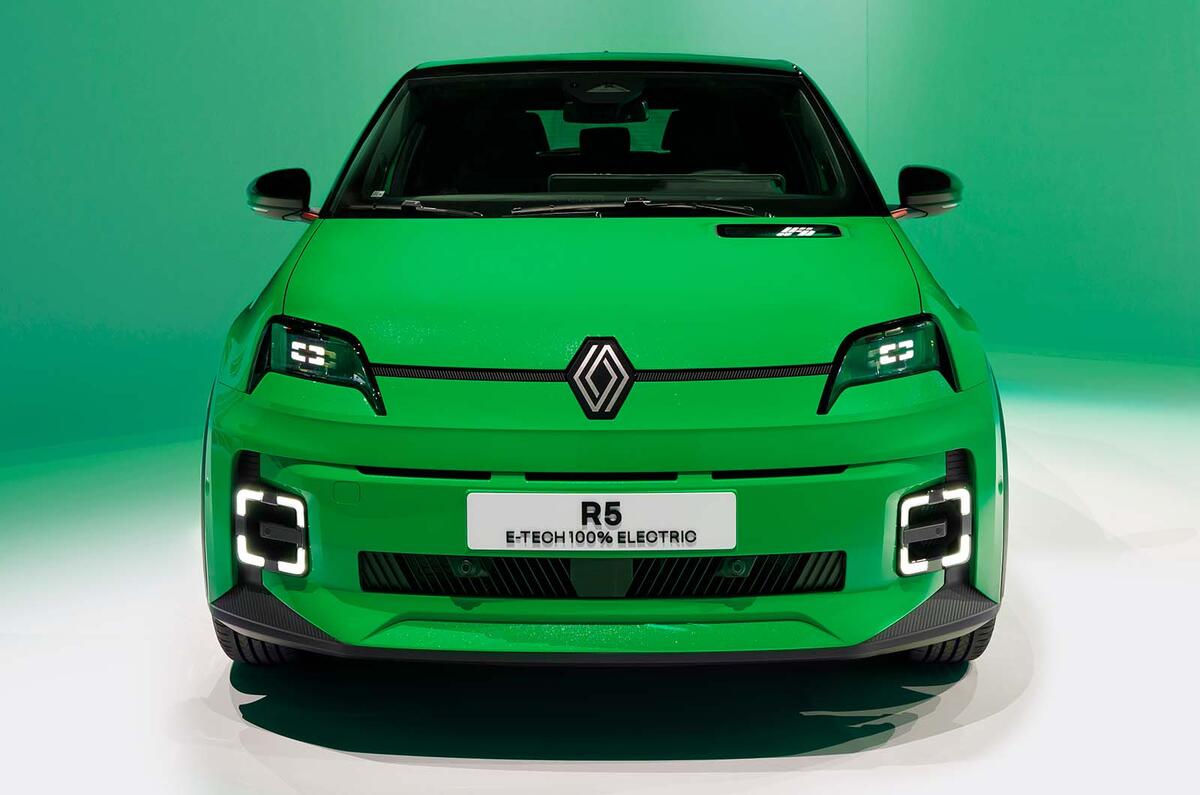


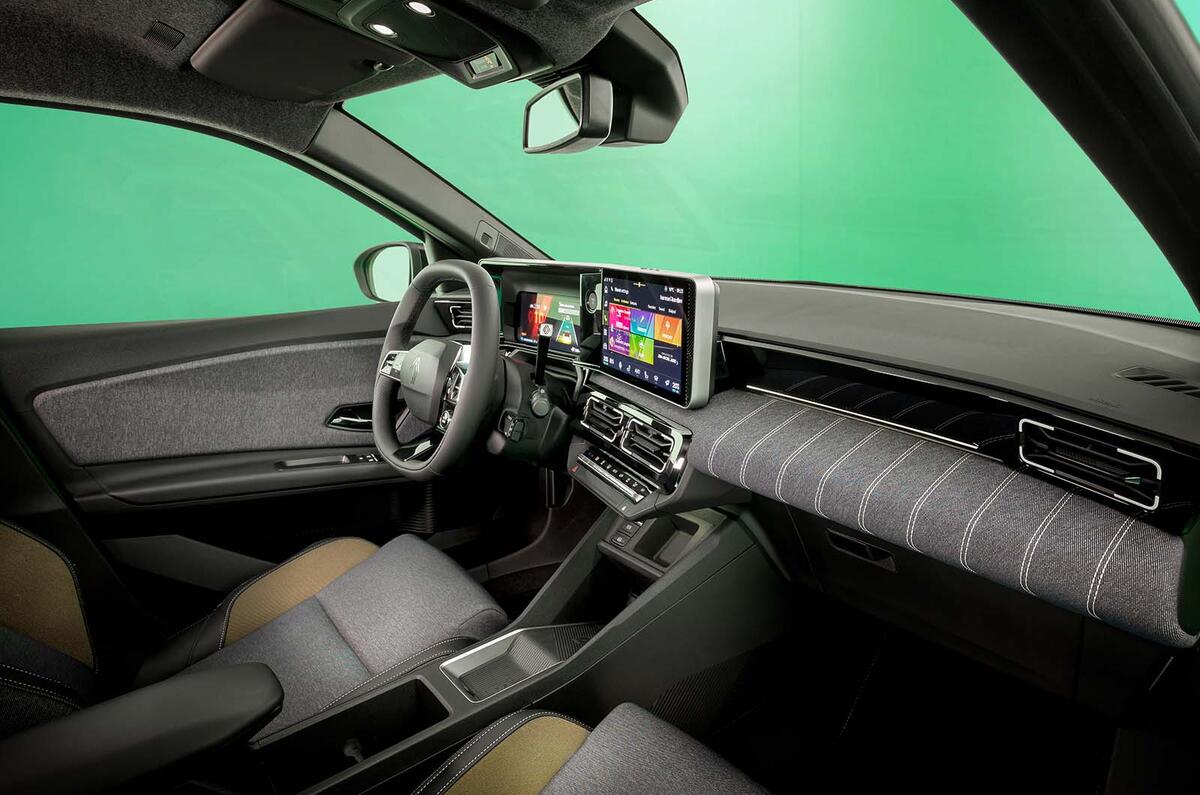
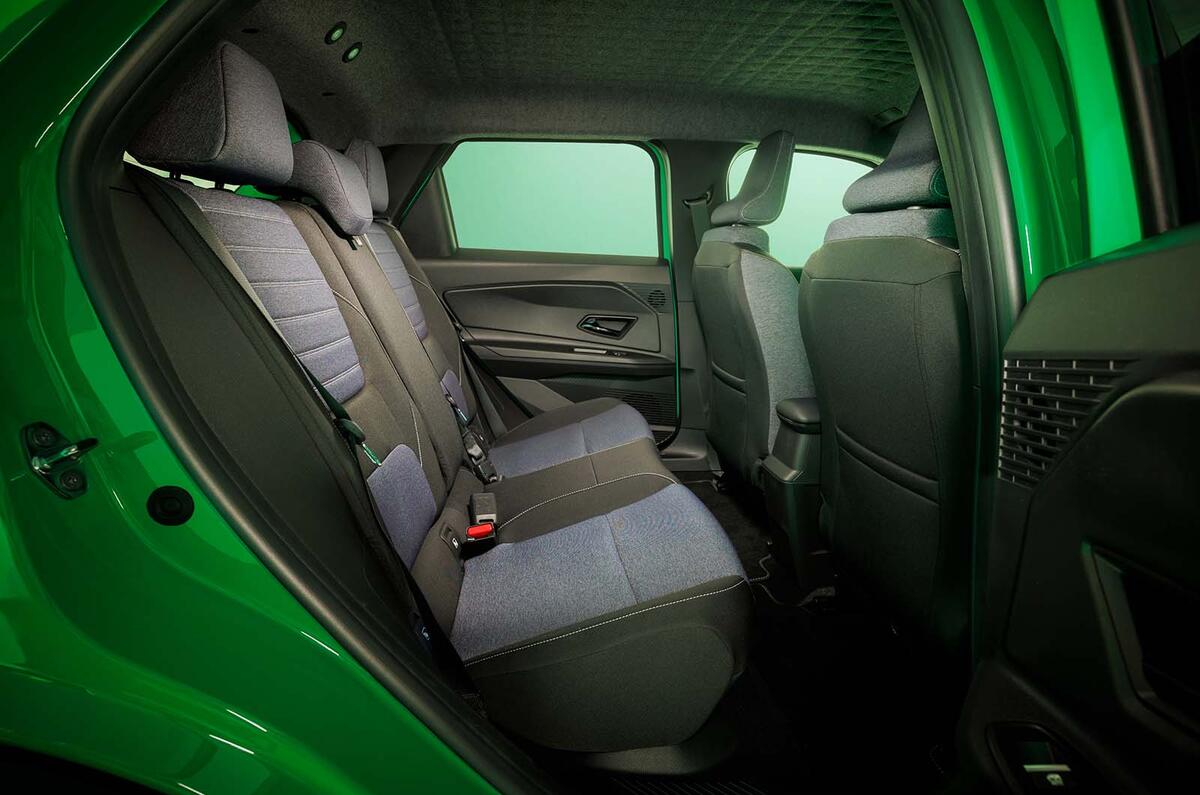
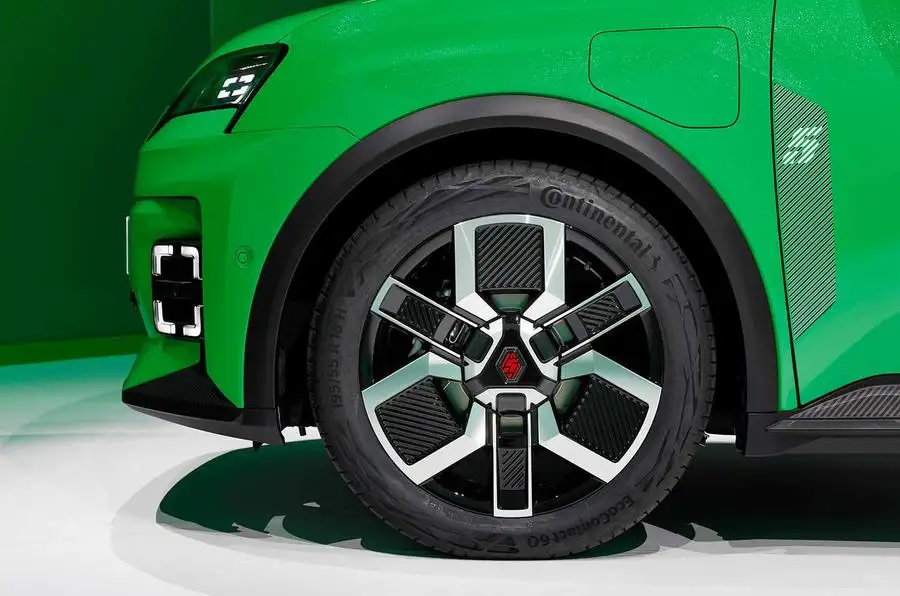




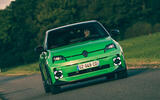
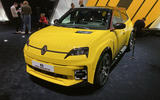






















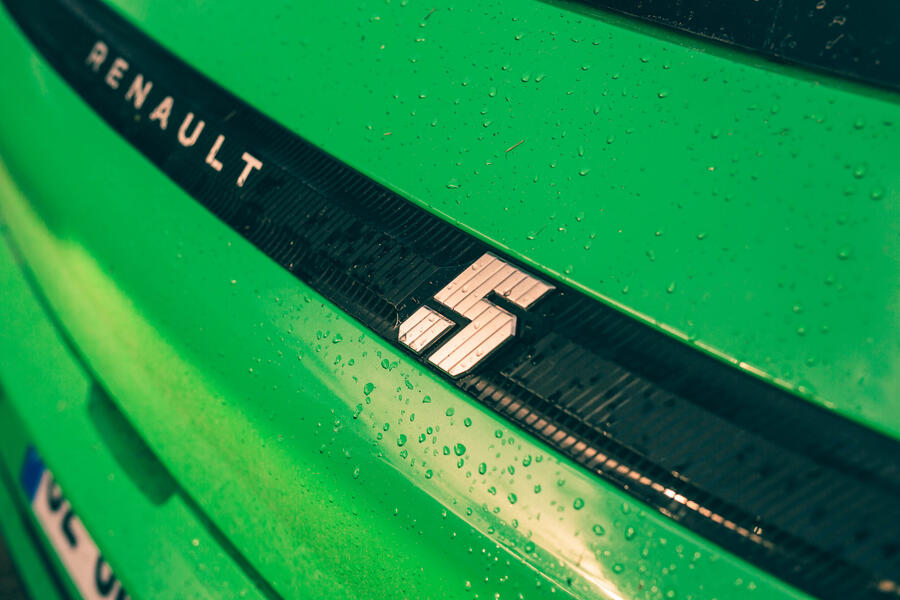

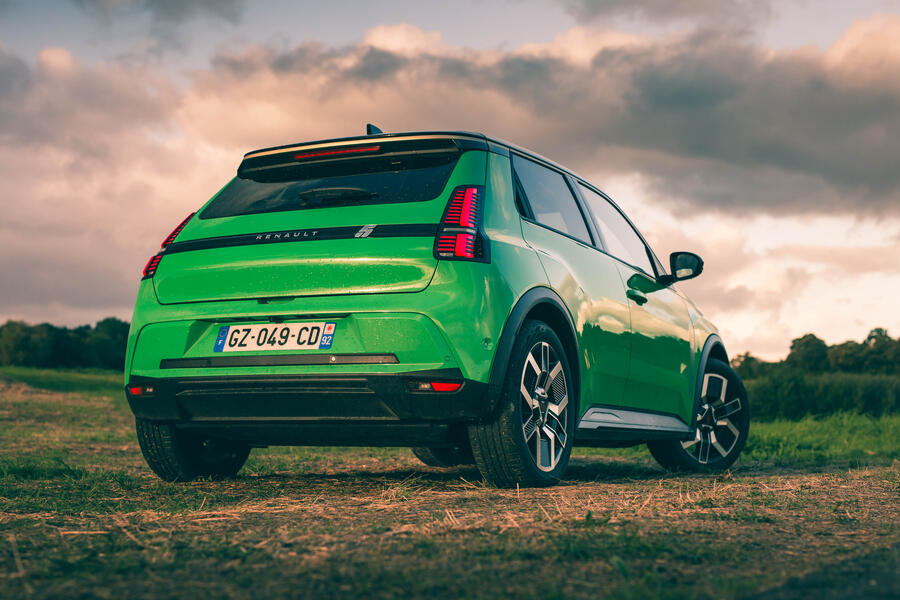
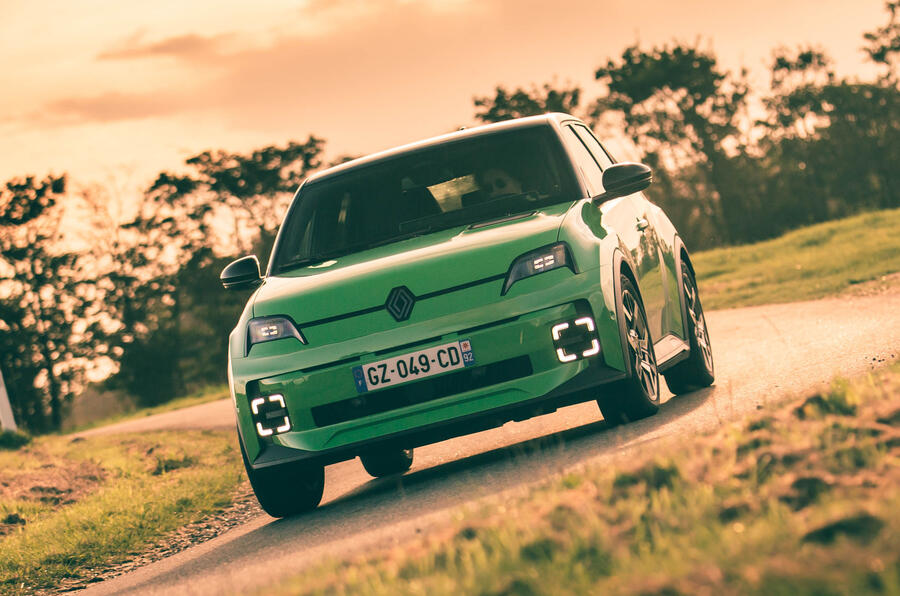







Join the debate
Add your comment
Pleased to see that the entry level price is so competitive even less than the MG4 something to make other EV manufactures think twice about
Looks great - just needs a petrol version warm/hot hatch
Not going to happen. Alpine 5 has though.
It's not for me, but I hope it kicks off a price war - the Jeep Avenger is a whopping £11,000 more!!!